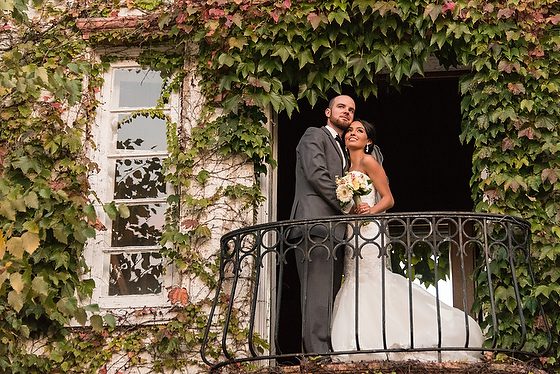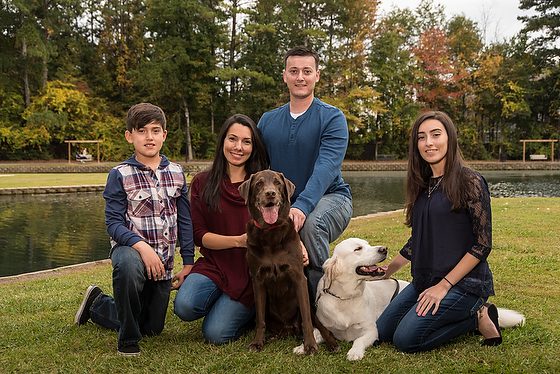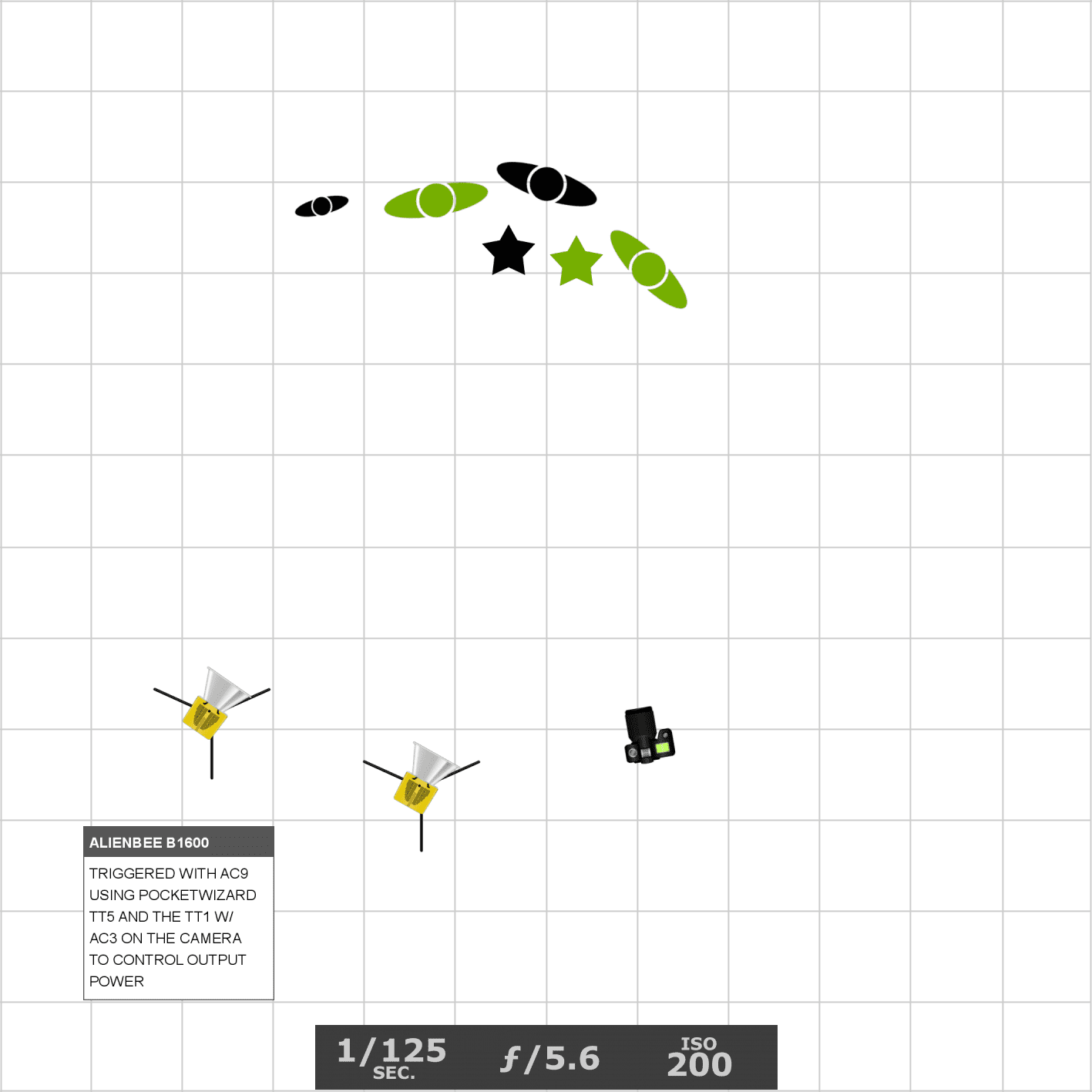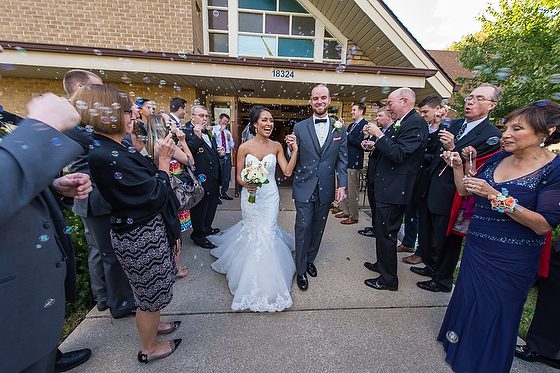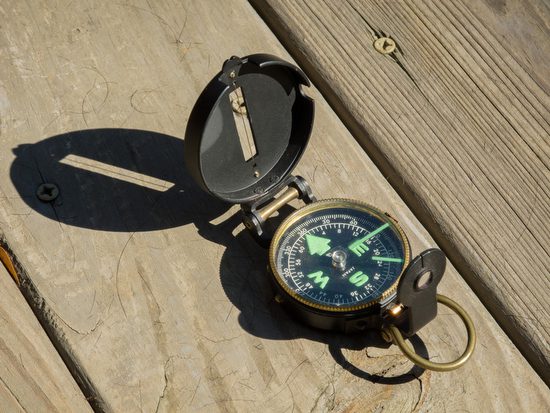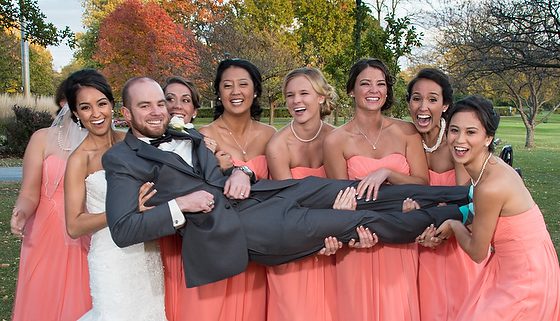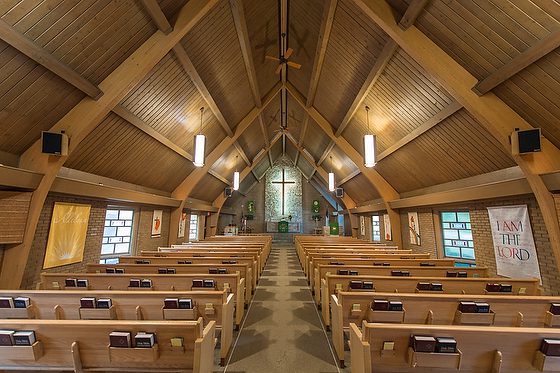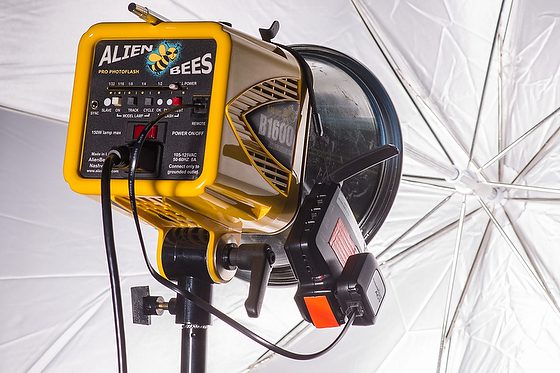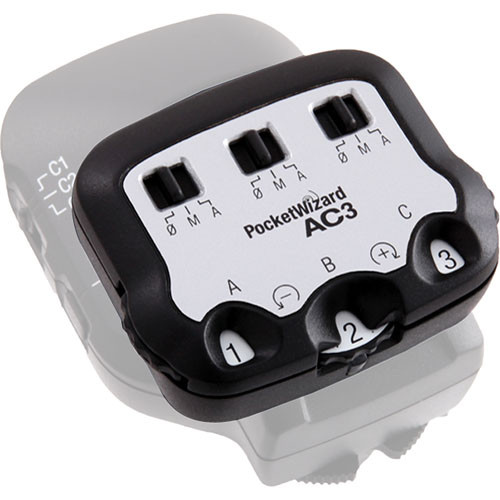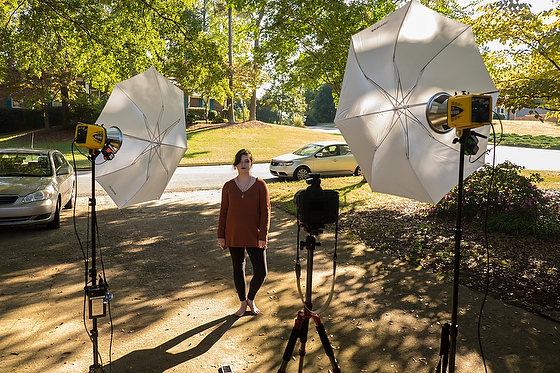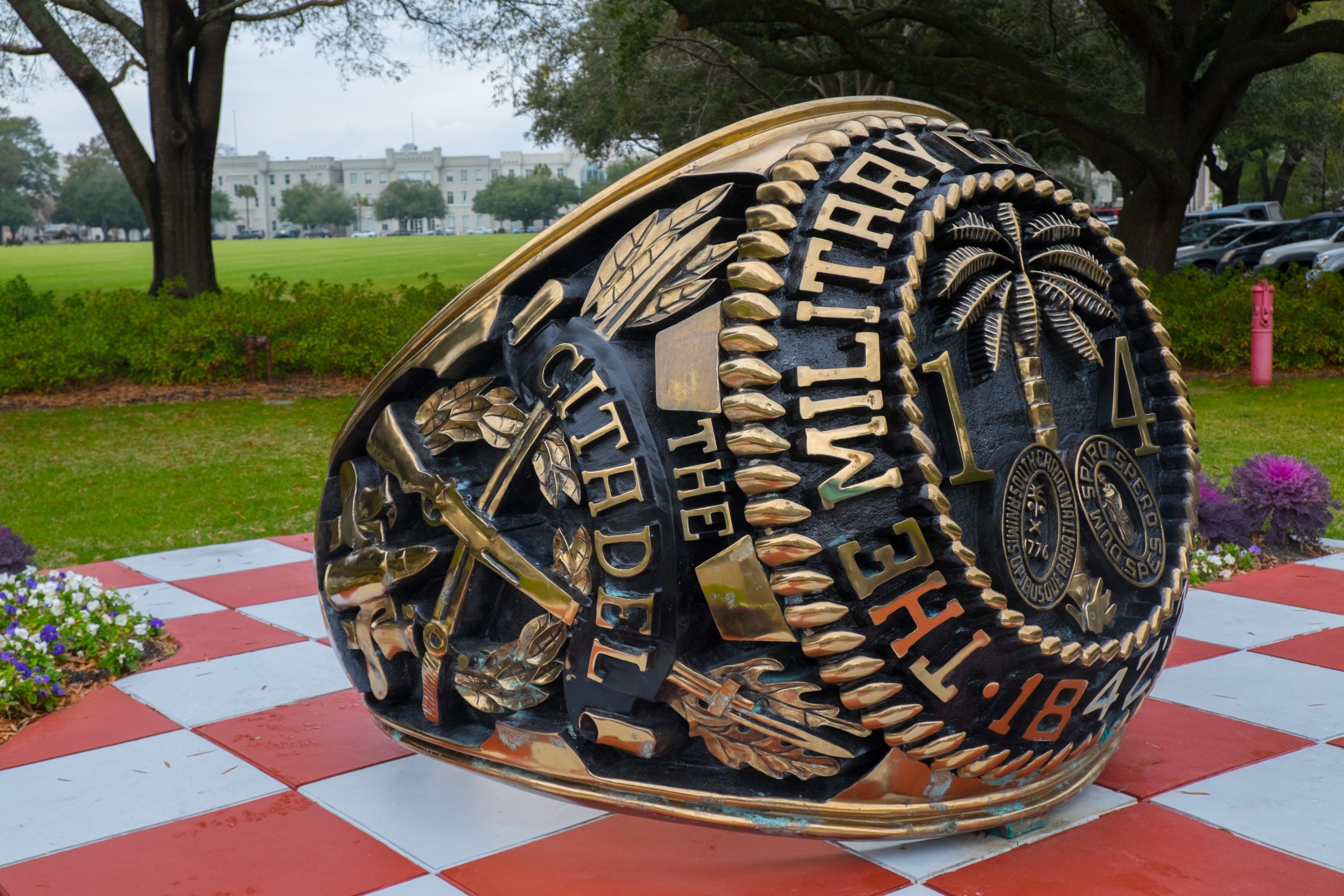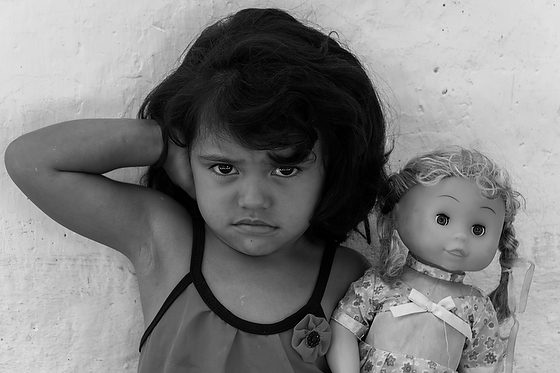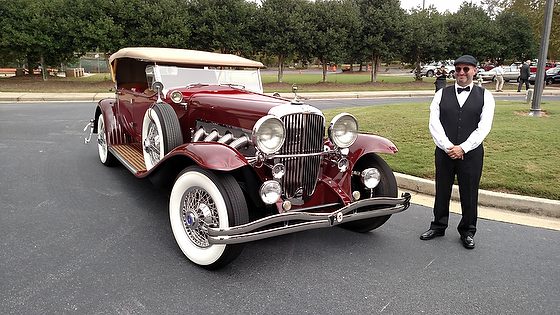 |
| Fujifilm X-E2, FUJINON XF 18-55mm, ISO 6400, ƒ/2.8, 1/80 |
This week I was asked to be a guest lecturer at the Grady School’s Advanced Photojournalism class on the campus of the University of Georgia.
I think this was my sixth year in a row I have spoken on business practices to this class.
While the content hasn’t radically changed from the first time I spoke to now, each year I try to do a better job than the year before in the presentation.
This year I just felt like I was off my game and did a poor job. You see I felt like I was preaching rather than teaching with this class.
Preaching vs Teaching
… the answer is more straightforward than any of them, and rests in the meanings of the words themselves. A kerux (the usual word for “preacher” in the New Testament) in the ancient world was simply a herald: a guy who rode into town to deliver significant news. A didaskalos (the usual word for “teacher”) was an instructor: someone who explained or taught something to someone else. There, it seems to me, is the difference. Preaching is proclaiming, heralding and announcing news to people – the gospel – especially (but not exclusively) to those who haven’t heard it before. Teaching is explaining things about the gospel that people don’t understand, and instructing them on how to live in light of it.
In other words, the difference between preaching and teaching is not shouting versus whispering, or illuminating versus bamboozling, or revealing versus informing. In a nutshell, it’s the difference between heralding and explaining.
What triggered the Preaching?
“Where are you finding these clients willing to pay those prices?” was asked in different ways. After the class we had a real situation.
A student had been asked to use one of their photos in a magazine. “What should I charge?” After talking through some of the pricing considerations we gave the student a range that might be good for her to use.
She was being offered $25 for something that for the most part should have been paid $75 – $150 as a minimum price.
“What do I do when they want pay it?” My response is to walk away. “But she will be losing $25 she could have had,” was the comment by another student.
 |
| Fujifilm X-E2, FUJINON XF 18-55mm, ISO 6400, ƒ/2.8, 1/75 |
The need of a Lab
The Key to Good Teaching
My experience is that good teachers care about students. Good teachers know the content and know how to explain it. Good teachers expect and demand high levels of performance of students. Good teachers are great performers and storytellers that rivet their students’ attention.
All of this is good but great teachers engineer learning experiences that maneuver the students into the driver’s seat and then the teachers get out of the way. Students learn best by personally experiencing learning that is physical, emotional, intellectual and spiritual. John Dewey had it right in 1935 when he espoused his theories on experiential learning.
So next time I will try and relax more when challenged. I will do a better job of demonstrating I care for them as people and fellow colleagues. I will also prepare some better stories that help demonstrate the concepts in a better way than I have done up to now. I will do a better job teaching and minimize the preaching next time.
After next time I speak to the class again, I will then dissect my presentation as much as I did this time and make changes once again, because I can always do a better job next time.

